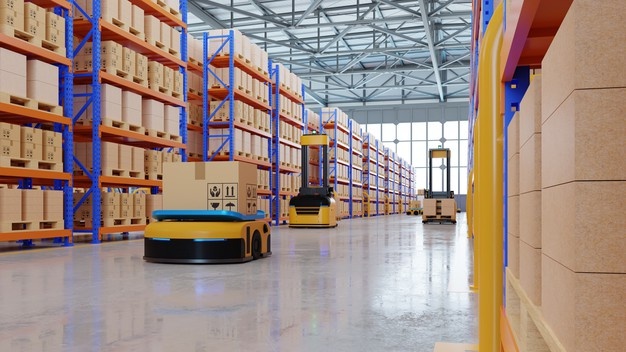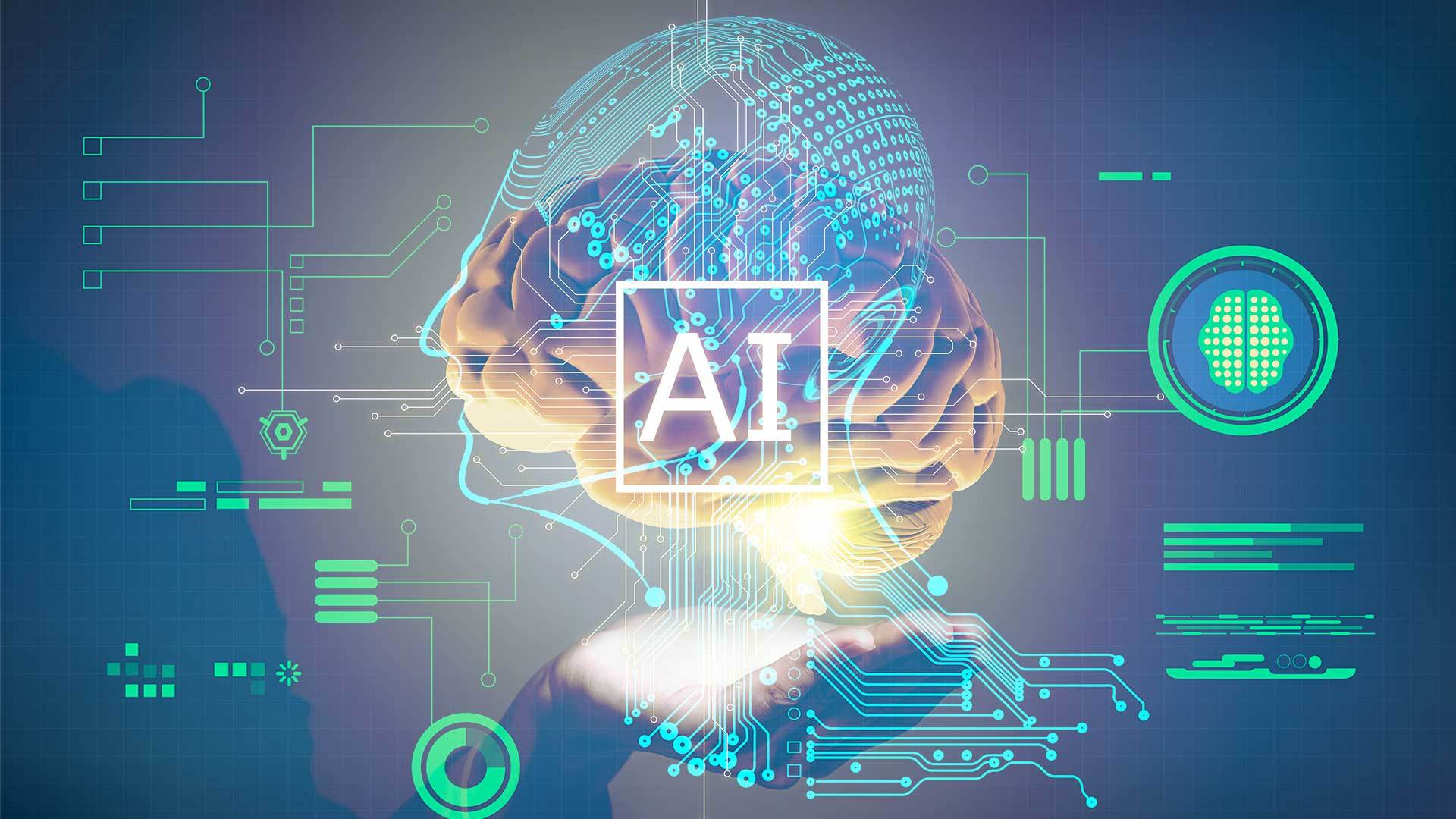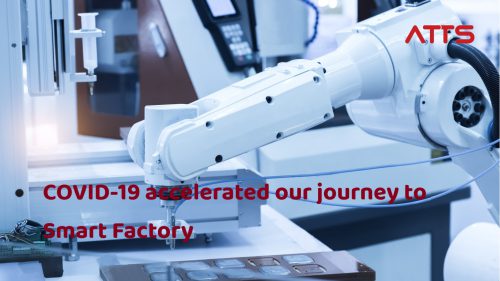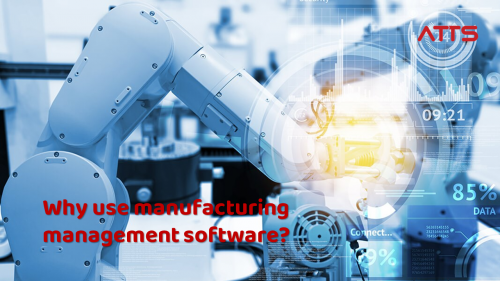The future of robots in automobile industry
The automobile industry was one of the first to use robots for production support. The rapid development of technology also results in the extensive applications of robots in this industry.

The future of robots in automobile industry
The current applications of robots in automobile manufacturing
Collaborative Robots (CoBots)
CoBots use sensors and are able to work safely and interact with employees in the factory. With the ability to apply automation to complex tasks, CoBots makes the production line more flexible and efficient. They are smaller than standard industrial robots, equipped with sensors to avoid collisions and not restricted by safety bars. Besides, Cobots is also programmed to reduce speed and force to avoid causing injury, creating a safer working environment.

Collaborative Robots
Automated guided vehicle (AGV)
AGVs are used to transport heavy objects and materials around large production zones. AGVs are pre-programmed, driverless, and use 3D map technology for navigation. Moreover, their accelerated and reduced speeds are also precisely controlled.

Automated guided vehicle
Welding robots
Welding robots have replaced traditional labor in spot welding and arc welding. Welding robots have been used in manufacturing plants for decades. Modern welding robots are much more flexible than traditional welding robots. High-tech six-axis robots can perform a wide range of welding techniques under minimal human supervision with high speed and high quality even during multi-material car production processes.
Painting robots
The robotic arms are used in the painting stage, which creates a painted layer with accurate coverage, as well as a much faster speed than that done by humans.
Vision
The blend of computer and camera algorithms gives the robot the ability to “observe”, process data visually, and solve difficult tasks. They are often used for the installation of vehicle parts that require high precision such as windshields.
Read more: Top 5 automated robot applications in automobile industry
What types of robots will be used in car manufacturing in the future?
Self-driving cars
Over the next few years, it is certain that robots will be used to create automated or self-driving vehicles, which are integrated with 3D maps and road traffic data for safe usage.
3D printing
3D printing has been used to create automotive parts. However, if this technology focuses on recycling and using sustainable materials, it will become increasingly popular.
Advanced AGV
As automakers look to upgrade their products, their production lines will also have to be innovated. AGV will undoubtedly grow in the upcoming years to meet the demands for electric and self-driving vehicles.
AI
By 2030, artificial intelligence (AI) systems will become a popular technology in automotive manufacturing. Machine learning is set up to improve many aspects of the production line. User experience is also enhanced to become more personalized with AI algorithms.

Artificial intelligence
The role of robots in the automobile industry is very important. Robots support the quality improvement of the product, increase productivity, enhance flexibility, safety, and optimization. In addition, automated robots are one of the main factors that ensure carmakers maintain their competitive advantage.
Read more about ATTS services:
https://atts.com.vn/services.html
Connect us:




